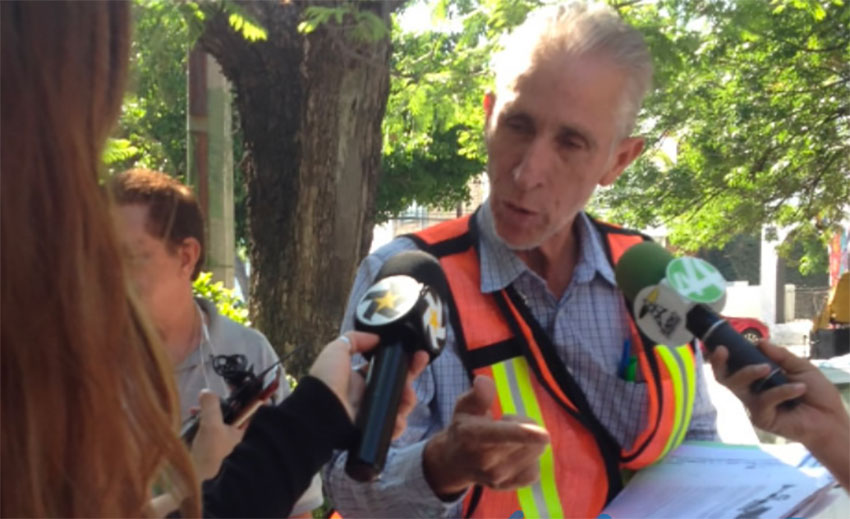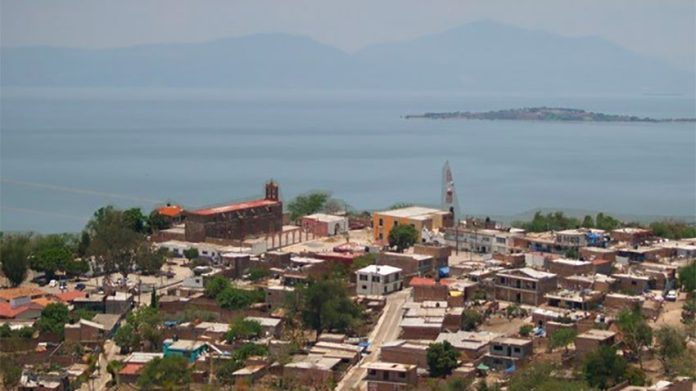A small town on the banks of Lake Chapala in Jalisco has an unwelcome distinction: San Pedro Itzicán has the highest rate of kidney disease in the world, according to the United States Renal Data System.
Every family in the community of just over 5,000 residents knows at least one person with kidney disease, the newspaper Milenio said in a report published Monday.
Kidney problems have plagued residents of San Pedro and other towns in the municipality of Poncitlán for years and the majority of those afflicted have lost their lives to end-stage renal disease.
People aged five to 25 have been most affected by kidney disease, which has been linked to the presence of industrial pollution and pesticides in Lake Chapala and nearby rivers, and air pollution.
“This kidney damage doesn’t exist in the first or the second living generation but rather in the third, in other words, the grandchildren,” said Felipe Lozano Kastens, a public health research professor at the University of Guadalajara.

“This disease hadn’t been seen in the parents nor in the grandparents, it’s seen in this current generation,” he added.
The researcher acknowledged that people in Poncitlán have made use of the water in Lake Chapala for decades but contamination levels are much higher than they used to be. Lozano has tested blood and urine samples from residents during the past four years and discovered that many youngsters have high levels of pesticides and heavy metals such as mercury and tungsten in their systems.
“They play in the water, wash clothes in the water, water chayotes with the water and . . . they keep pesticides inside their homes. Everyone has pesticides in their urine but they have” much higher levels, he said.
Environmentalist Enrique Lira told Milenio that the United States research company K Prime Inc. detected 10 heavy metals in Lake Chapala and water wells in the area. Asked why residents of Poncitlán suffer from kidney disease in greater numbers than people in other municipalities near the lake, he responded:
“There is contaminated water in the public network of 90 municipalities in Jalisco but Poncitlán is the worst. The second cause is the lack of wastewater treatment, there is [a problem] in the entire [Lake Chapala] basin but Poncitlán is the worst municipality.”
Lozano said that poverty in communities in Poncitlán is also a factor.
“Poverty is linked to a lot of diseases and these people seem [to be living in] Mexico of the 1950s. There is a lot of poverty and there are people who [only] eat twice a day, there are children who go to school without eating anything,” he said.
The researcher added that 60% of 70 children he examined in Poncitlán were suffering from malnutrition.
The condition can make children more vulnerable to kidney disease, said Héctor Enrique García Bejarano, head of the Department of Nephrology at the General Hospital of Western Jalisco.
One parent who lost a child to kidney disease is Aracely Solano, whose daughter died 17 years ago at the age of two. She told Milenio that the options to treat her daughter were limited because she was too young to receive dialysis.
“Even though she died 17 years ago, I’m not over it,” Solano said. “It’s not easy.”
Source: Milenio (sp)
